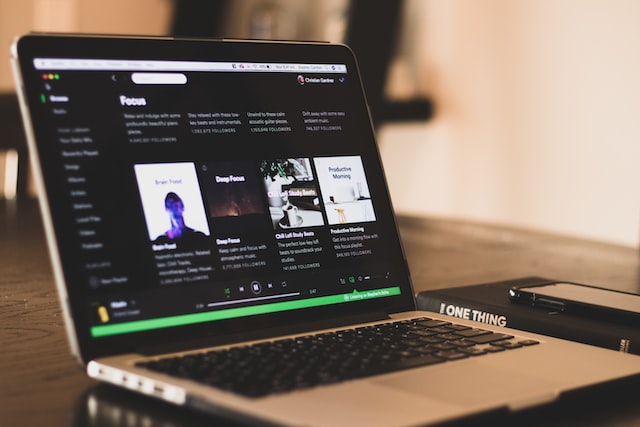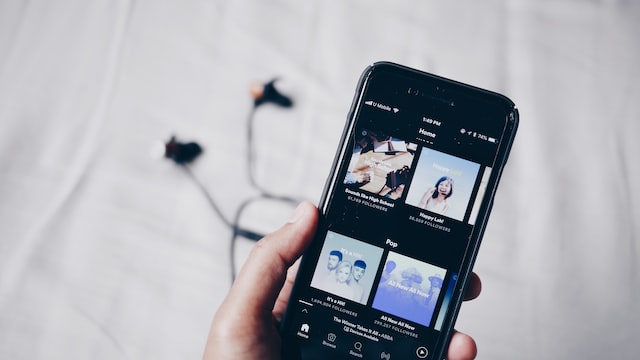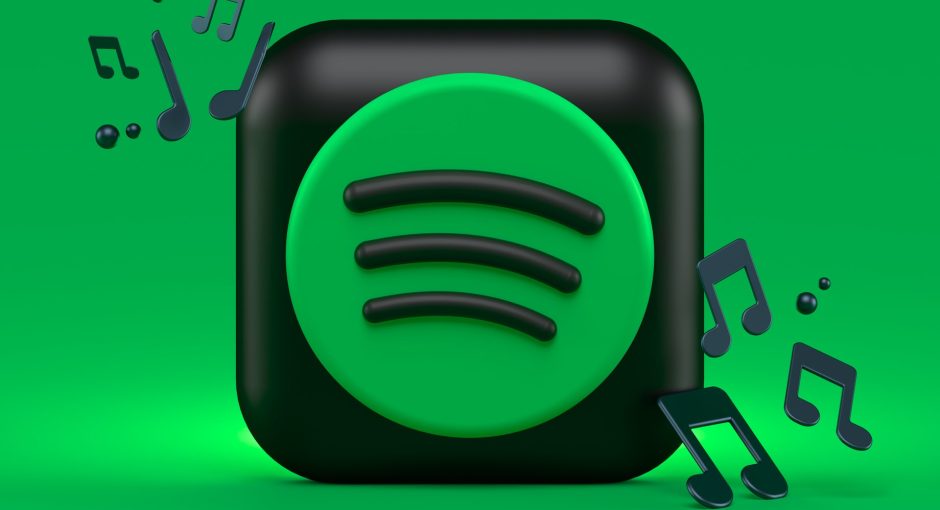There are many reasons why you might want to remove a follower on Spotify. Some people might not be interested in your playlists or may have blocked you. If this is the case, you can choose to turn off your listening activity or simply tell them you have been blocked.
Turn off your listening activity
Spotify is one of the largest music streaming services in the world. It lets users listen to songs, podcasts, audiobooks, and more. The service is well-known for its social features, as well. However, some people may not want to share their listening habits with others. Luckily, there are several ways to hide your listening activity on Spotify.
One of the first things you can do is disable the feature. To do this, click on the cog icon in the top right of your screen. When you do, you’ll see a toggle next to the Listening Activity option. This toggle can be used to either show or hide your listening activity, or to enable or disable Private Session.

If you’re not interested in hiding your listening activity, you can also disable your friends’ activity. This can be done on both mobile and desktop. As with the Private Session, you can only hide the playlists you create.
You can turn off your listening activity for a short period of time or permanently. However, you can’t hide the music you’re playing from other users.
Change your display name
Changing your display name on Spotify is a great way to make it easier for others to find you. But if you decide to change your username, there are a few things you need to know.
First, you need to understand that the display name isn’t the only way to get noticed on Spotify. For instance, you could also use your Instagram handle or even the’spotify’ username you have set up on your Facebook profile.
Secondly, you can actually do some pretty cool things with your display name. Unlike most social media sites, Spotify doesn’t require you to show your real name when using the app. If you want to be more private, you can start a private session to avoid letting anyone see your activity.
Finally, you can also change your profile picture. Just upload a new image and it will automatically update. In fact, you might want to change it more often! You can do this by clicking on the ‘Update Profile Picture’ link on the top right corner of your screen.
Tell if someone has blocked you
When you block someone on Spotify, you can no longer view their profile or listen to their playlists. This means that you will not be able to see what they have been listening to and you won’t be able to follow them.
If you want to unblock a user, you can do it at any time. All you have to do is go to their profile, and then click the three dots menu. Click “Unblock” and you will be able to resume browsing their profile and listening activity.

There are several reasons why you may want to block someone on Spotify. It might be that they are causing you trouble or you don’t want them to be able to access your account. You can also block people based on their music tastes.
Until recently, blocking someone on Spotify required you to contact Spotify customer support. However, they have added a way to block other users without having to call customer service.
Deal with mental health issues
If you are considering removing a follower from your Spotify account, consider the effect it can have on your mental health. Many people have reported their experiences with threatening and harassing messages. In fact, the platform allows users to report serious situations to customer support, so you aren’t the only one who may be dealing with this issue.
Artists, athletes, and creators are also coming forward about their experiences with depression, anxiety, and other mental illnesses. This is a great step toward addressing these issues, as well as opening up a dialogue about them. These stories are an important reminder that there is help out there. And they’re encouraging others to seek help, too. The message has become widespread, with more and more people raising their voices in an effort to raise awareness and prevent this problem from affecting more people.
